The Science of Human Circadian Rhythms
Introduction
The circadian rhythms are physical, mental, and behavioral changes that follow a daily cycle. They respond primarily to light and darkness in an organism's environment. In humans, these rhythms are driven by a master clock in the brain, specifically in the suprachiasmatic nucleus (SCN) of the hypothalamus. This article delves into the science of human circadian rhythms, exploring their biological basis, impact on health, and potential applications in chronotherapy and shift work.
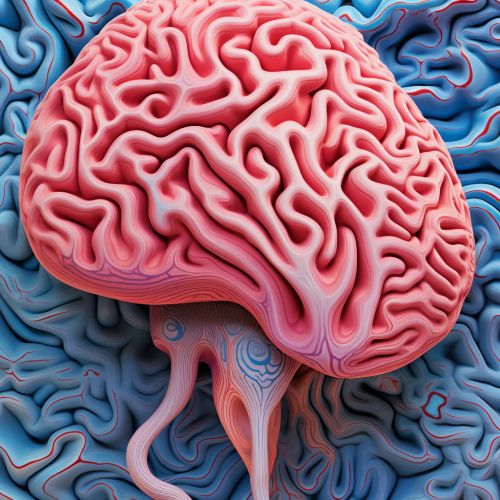
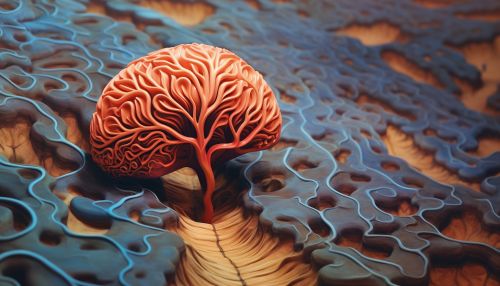
Biological Basis of Circadian Rhythms
Circadian rhythms are endogenously generated, meaning they are built into the genetic structure of organisms. In humans, the primary pacemaker of these rhythms is the SCN, a group of cells in the hypothalamus that respond to light and dark signals. The SCN receives information about light exposure directly from the retina of the eye, allowing it to synchronize the body's clock to the external environment.
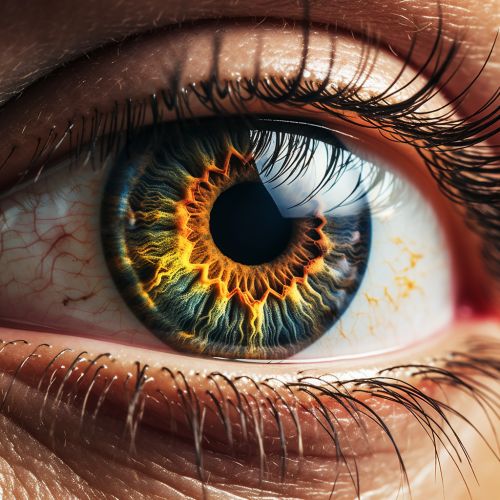

The SCN controls the production of melatonin, a hormone that promotes sleep. Light exposure suppresses melatonin production, signaling to the body that it is time to wake up. Conversely, as light exposure decreases in the evening, melatonin production increases, signaling that it is time to sleep.
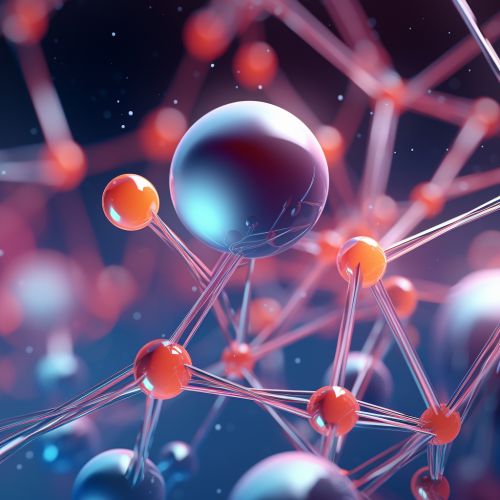
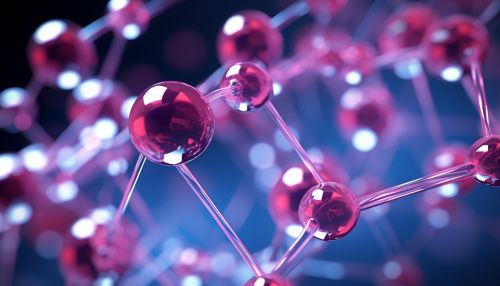
Circadian Rhythms and Health
Circadian rhythms play a crucial role in human health. They regulate sleep-wake cycles, feeding behavior, hormone production, and cell regeneration among other processes. Disruptions to these rhythms, such as those caused by shift work or jet lag, can have significant health consequences.


For example, chronic disruption of circadian rhythms has been linked to a range of health problems, including sleep disorders, obesity, diabetes, depression, bipolar disorder, and seasonal affective disorder. The study of these health impacts falls under the field of chronobiology, which explores the biological mechanisms of timekeeping.


Applications of Circadian Rhythm Science
Understanding the science of circadian rhythms has practical applications in the fields of medicine and occupational health. In medicine, this understanding can be applied to the development of chronotherapies, or treatments that are administered according to a schedule that aligns with the body's natural rhythms. This approach has been particularly effective in the treatment of certain types of cancer.


In occupational health, understanding circadian rhythms can help design work schedules that minimize disruption to the body's natural rhythms, reducing the risk of health problems associated with shift work.


Conclusion
The science of human circadian rhythms is a complex and fascinating field that has significant implications for health and well-being. By understanding these rhythms, we can better align our lives with our natural biological clocks, improving our health and productivity.


